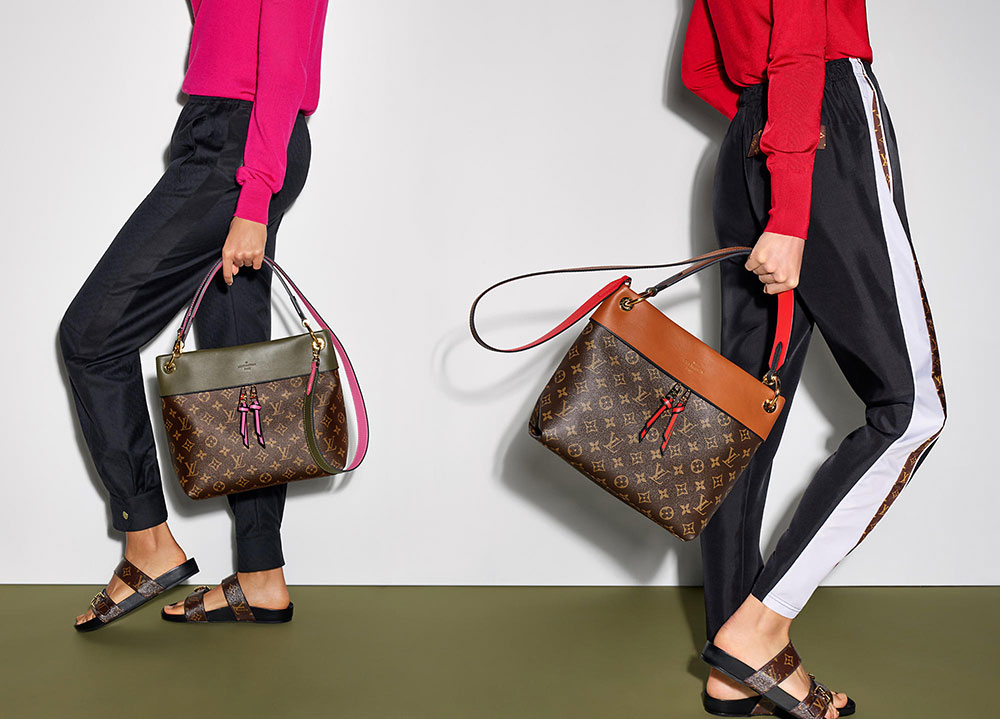Conglomerates are continuing to break up. General Electric Co. announced last week that it will simplify its operations by breaking apart its sweeping conglom structure. This will see the almost 130-year-old Boston-headquartered pioneer split itself into three public companies “by spinning off its health-care unit in early 2023 and then combining its power and renewable energy assets with some digital operations to create another standalone company in 2024,” according to the Wall Street Journal, which notes that GE’s jet-engine business “will remain with some legacy long-term care insurance liabilities sprinkled on top.”
The news is not exactly unprecedented – or unexpected. “Analysts have speculated about a potential breakup [for GE] since at least 2002, when another industrial conglomerate, Tyco International, announced that it was splitting up,” Bloomberg’s Brooke Sutherland wrote recently. She noted that “as far as breakups go,” the separation of its aviation, healthcare, and power arms by GE – which has spent years engaged in a complex dance of offloading and/or spinning off other parts of its business under the watch of CEO Larry Culp – is “a bit behind the curve actually.”
The last leg of GE’s big reorganization – paired with similar announcements from Toshiba and Johnson & Johnson, and with a larger, decades-long shift in structure among industrial (and non-industrial) entities across the globe in mind – has raised questions about the viability of the conglomerate as a model. Many players in the space, including activist investor Dan Loeb of Third Point LLC, who is actively trying to break Royal Dutch Shell Plc apart and who recently set his sights on luxury goods group Richemont, have argued that separating and streamlining these bulky groups is good for business.
“Yet despite all the breakups and the many columns that have proclaimed the demise of conglomerates,” Sutherland states that these groups, which typically consist of multiple business entities operating in different industries, “continue to exist, [and] some are even thriving.”
Sutherland does not name-check it but French luxury goods group LVMH stands as a vote of confidence when it comes to the success of the conglomerate model, as while conglomerates “have been out of fashion for [roughly] 30 years,” according to Christian Stadler, a professor of strategic management at Warwick Business School, LVMH and its brands continue to maintain their leadership in the market and continue to take market share from smaller competitors, including privately-held ones, as the luxury market as a whole continues to make gains.
Boasting the title of the largest luxury goods group in the world, the success of LVMH – which owns 75 brands and which generated revenues of $50.9 billion for the first nine months of the year – is something of an outlier in a market where significant attempts at diversification (i.e., selling everything from refrigerators to aircraft engines in the case of GE) prevents large groups from focusing on what they do best and suffering as a result. “Most companies do well when they concentrate on their core business,” Stadler says, which is why conglomerates’ stocks are “typically discounted by investors fearing cross-subsidies for unprofitable businesses and stifling co-ordination costs.” (The tendency for the market to value a conglomerate as a whole at less than the sum of its parts is known as the “holding company discount.)
Bernard Arnault-run LVMH is noteworthy, as it operates a diversified business that runs across six different sectors – Wines & Spirits (Moët & Chandon, Dom Pérignon, Veuve Cliquot, etc.), Fashion & Leather Goods (Louis Vuitton, Dior, Celine, Fendi, Loewe, Givenchy, etc.), Perfumes & Cosmetics, Watches & Jewelry (Tiffany & Co., Bvlgari, TAG Heuer, etc.), Selective Retailing (Sephora, Starboard Cruise Services, duty free venture DFS, etc.), and its so-called “Other activities” division. The latter consists of hotel chains Belmond and Cheval Blanc, French publications Investir, Los Echos, Le Parisien, among others, amusement park Jardin d’Acclimatation, pasticceria Cova, and yacht builder Royal Van Lent.
By operating a group whose activities range from hotels to handbags, LVMH enjoys the critical advantage of diversification among its products and brands. The industry-ranging nature of its offerings, as well as the expansiveness of the geographical markets in which it operates, makes it possible for LVMH to not only “consistently achieve exceptional financial performances,” it allows the group to “overcome a context of geopolitical and economic instability,” per Isabelle Chaboud, a professor the Program Director for the MSc Fashion, Design & Luxury Management at Grenoble Ecole de Management, something that has only been made more obvious in the wake of the pandemic.
As such, the path to increased luxury-level amalgamation by way of enduring M&A plays, along with efforts to push the bounds of what its assets look like, including by way of its acquisition of Belmond in 2019, for instance, LVMH is able to fortify the brands under their umbrellas, which is important because “performance polarization in the luxury sector remains high.” But more than that, sweeping changes in consumer trends and behavior are not uncommon. By maintaining an expansive portfolio of brands, including in various industries and markets, LVMH (and similarly situated luxury groups) can insure itself when different developments come into play, whether that be a “common prosperity” crackdown in China, a slow bounce back from COVID-19 in the European market, or a push away from tangible goods towards experiences.
Despite the diversification that is embedded in the LVMH model, just as is the case with other conglomerates, what appears to distinguish the Louis Vuitton-owner from others is that it enjoys quite a bit more overlap among its brands than the companies under the umbrella of 3M, for instance, or Danaher Inc. or Honeywell International Inc., the latter of which spun off a couple of its divisions back in 2018. Specifically, a common – and critical – thread runs throughout the LVMH ecosystem: luxury.
In other words, despite the range of sectors in which it operates, LVMH is cohesive in its individual holdings and its larger model. It is selling luxury and it is selling a lot of it (and marketing the heck out of it) – call it luxury at mass scale. The scale of some arms is greater than others, of course. Its ship-making business Royal Van Lent has far smaller outputs per year than its Fahsion & Leather Goods brands, namely, its marquee handbag company, Louis Vuitton. But alas, they are dealing in the same currency – luxury and for the most part, status symbols.
This overarching cohesiveness is what allows LVMH to thrive as a group, and at the same time, distinguish itself from part of the big problem for the likes of GE and other similarly-situated groups that maintain holdings of a truly sprawling – and arguably disjointed – nature. As for whether this means that the likes of LVMH will continue to operate as one core business, that might not be the case. Rival group Kering, for example, has culled its brands over the past several years, cutting down on its broader lifestyle and sportswear holdings, such as Puma and Volcom, in furtherance of its decision “to focus on the development of its Luxury Houses, establishing its status as a leading pure player in the sector.”
More recently, there have been reports of investor pressure for Richemont from Third Point LLC, which has a history of pushing for spin offs. Loeb’s fund “urged Nestlé to sell assets in 2017,” according to the FT, and is in the midst of trying to get Royal Dutch Shell to separate its oil and gas holdings from its renewable-energy and natural-gas business.
Still yet, as analysts expect more moves like GE’s to be on the horizon, there is no saying that at least some fashion and luxury groups will not be immune to shareholder pressure to ditch the bigger-is-better structure in favor of a more streamlined existence going forward. At the very least, this may see groups that maintain sizable brick-and-mortar networks – and burgeoning e-commerce arms – look to spin offs should they need to appease shareholders in the same way that Saks Fifth Avenue is (namely, by separating its physical operations from its digital ones in order to boost the overall value of the Saks brand), and others are reportedly exploring.
Chances are, of course, that the ever-expanding LVHM will likely be kept just as is, or more realistically, will continue to grow.













